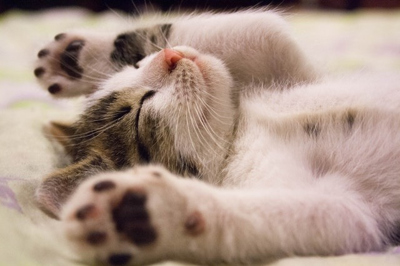
Actively relaxing
Taking time to relax is important for our mental health. Relaxation can be as simple as listening to music or quiet time reading a book. Some children and young people find relaxation quite easy, whereas for others, relaxation needs to be learned and practised.
Some everyday ways children and young people can choose to relax include:
- drawing or colouring
- having a bath or shower
- listening to music
- playing with friends or family
- playing with soft toys or pets
- puzzle books
- reading
- watching TV
As well as these, it may be helpful for children or young people to use specific relaxation exercises.
About relaxation exercises
Relaxation exercises can help children and young people feel calm and improve their emotional wellbeing. In situations where a child or young person is experiencing difficult emotions, such as anger or anxiety, relaxation exercises can help manage the physical and emotional responses to these feelings. The exercises may help distract them from worrying thoughts and reduce tension in their body. Relaxation can also help children and young people deal with stressful situations, e.g. exams, or cope with a significant change, loss or bereavement.
Some things to think about when trying relaxation exercises with children and young people:
- It’s important to think about the individual child or young person and find exercises that you think will work well for them, as not all exercises will suit everyone.
- Remember they may also have their own preferences, e.g. a male or female voice in guided relaxation exercises.
- Try to find a quiet, comfortable space where they won’t be disturbed.
- Be aware of the time and place, e.g. home or school, as this may affect how well a relaxation exercise works.
- If the child or young person gets distressed for any reason, just stop the exercise, and comfort and reassure them.
Some relaxation exercises to try
Calm breathing
This is one of the simplest types of relaxation exercise, and is sometimes known as deep breathing or belly breathing.
- Anxiety Canada, calm breathing - how to do it:
www.anxietycanada.com/articles/calm-breathing-how-to-do-it/
- GoZen, breathing exercise:
www.youtube.com/watch?v=Uxbdx-SeOOo
Guided relaxation
This focuses on the mind rather than the body by using stories describing relaxing places that encourage feelings of calm.
- Cosmic Kids, guided relaxation videos:
www.youtube.com/playlist?list=PL8snGkhBF7njO0QvtE97AJFL3xZYQSGh5
- Green Child, selection of guided relaxation scripts:
www.greenchildmagazine.com/guided-relaxation/
- Relaxation exercises from Moodcafe
For children: www.moodcafe.co.uk/for-children/relaxation-for-children/
For young people: www.moodcafe.co.uk/for-teenagers/relaxation-and-mindfulness/
Mindfulness
Being mindful is about being fully aware of living in the present moment and can help calm the mind.
- Cosmic Kids Zen Den, mindfulness videos:
www.youtube.com/playlist?list=PL8snGkhBF7ngDp1oJtx5VcjwatxZn8xLK
- New Horizons, guided meditation:
www.youtube.com/watch?v=DWOHcGF1Tmc
- Smiling Mind, app for mindfulness:
www.smilingmind.com.au/smiling-mind-ap
Progressive muscle relaxation
This is used to help notice the difference between tension and relaxation in different parts of the body. At first it may feel uncomfortable or strange for the child or young person to be focusing on their body, but this will become easier and can become enjoyable over time.
- GoZen, progressive muscle relaxation exercise:
www.youtube.com/watch?v=cDKyRpW-Yuc



